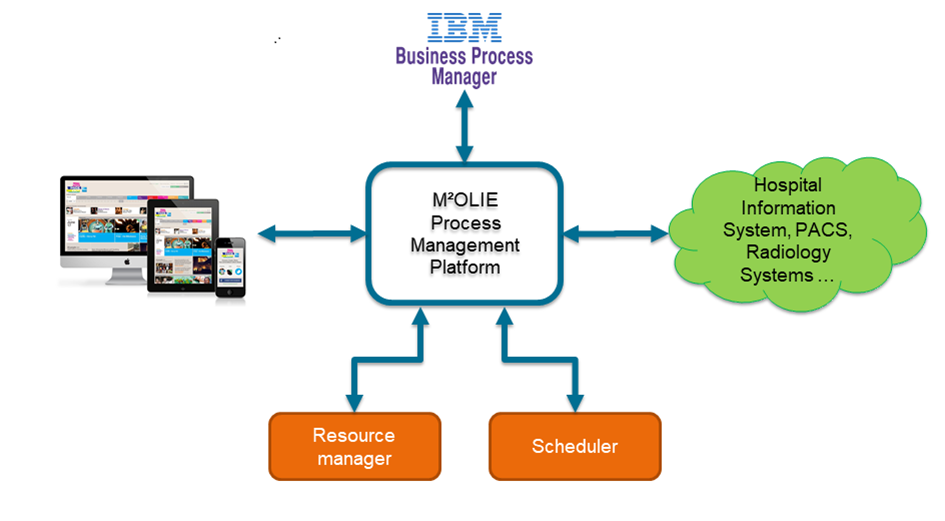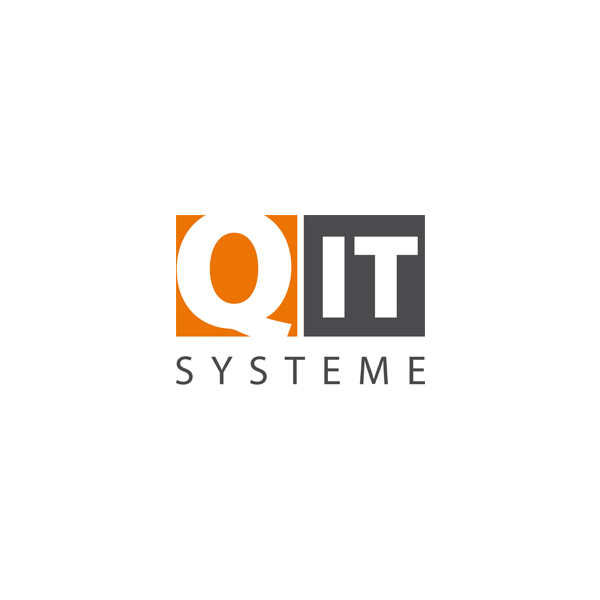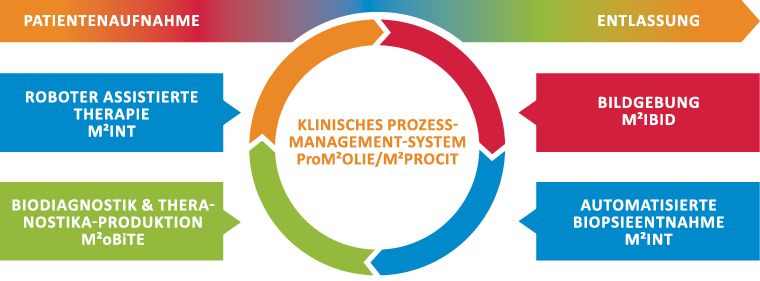

In the intervention room of the future the closed-loop process starts with the application and fusion of different imaging techniques (3-Tesla-MR-tomograph, PET-Scanner, CT-Scanner SOMATOM Force) (Lead Project M²IBID), the detailed information for quick navigation of the robot assisted systems (Artis ZEEGO® System and lightweight robots) in the intervention room and the targeted biopsy (Lead Project M²INT). The assistance system forwards the samples directly to bioanalysis through mass speectrometry, followed directly by the radiochemical production of diagnostics and therapeutics (Lead Project M²oBiTE). These substances will then be applied minimally-invasive with the help of the robot assisted assistance system (M²INT). All newly developed methods are integrated in the closed-loop process with optimal use of all human and infrastructural resources (Cross-sectional Projects ProM²OLIE and M²PROCIT) in order to ensure a time-optimized treatment path for every patient from admission to the clinic to discharge after therapy.
The M²INT Lead Project 1 deals with the development of a semi-automated intervention system for the efficient implementation of minimally invasive individualised treatment using radiology and radiotherapy on oligometastatic patients. The focus in the first phase was the integration of clinical procedures of interventional radiology, e.g. biopsy, and radiotherapy, e.g. brachytherapy, into the intervention system.
Das Ziel der ersten Förderphase war es, die Prozesszeiten bei gesteigerter Präzision so zu verkürzen, dass die Behandlung (Diagnose, Analytik und Therapie) von oligometastasierten Patienten in einem durchgängigen Prozess an höchstens einem Tag durchführbar wird („One-Stop-Shop“) und der erhöhte technische Aufwand wirtschaftlich zu rechtfertigen ist. Dieses Ziel soll durch den Einsatz von Assistenzsystemen und durch eine Erhöhung des Automatisierungsgrades erreicht werden.
The aim of the first funding period was to shorten the time taken to perform the procedure while increasing precision so as to ensure that the treatment (diagnosis, analytics, therapy) of oligometastatic patients can be performed in a continuous procedure lasting a maximum of one day (“one-stop shop”) and so that the increased technical effort is economically justified. This goal will be achieved through the use of assistance systems and by increasing the level of automation.
Shortening the intervention processes, precise navigation through optimized imaging (M²IBID), immediate delivery of tissue samples for analysis and application of diagnostics and therapeutics (M²oBiTE).
Work- and Research Areas of M²INT:
Competed Objectives:
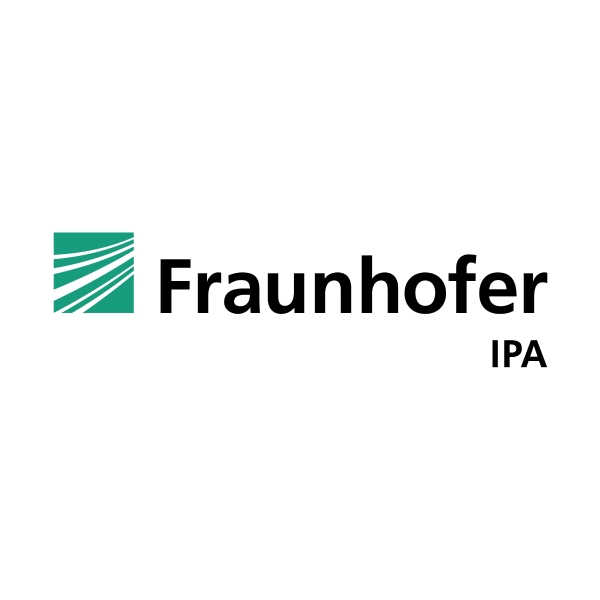
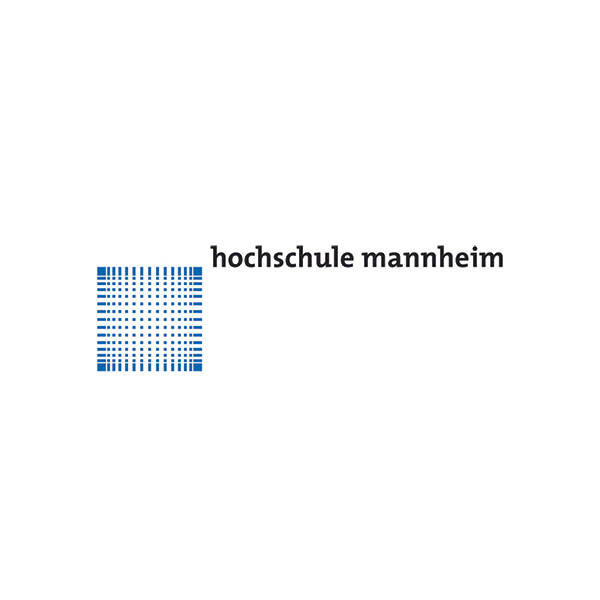




The Lead Project M²oBiTE, Molecular Bioanalytics and Development of Theranostics, is divided in the two subject areas (A) Development of a fast analytics for patient samples using mass spectrometric and spectroscopic imaging for individualized therapy recommendation based on molecular, spatially resolved tissue diagnostics and (B)Development and GMP (GMP = Good Manufacturing Practice) production of innovative radiotheranostics for individualized, non-invasive endoradiotherapy.
The objective of the first subject area is to improve the diagnostics and classification of tumor tissue with regard to defined therapy options. The molecular fingerprints of the biopsy specimens obtained in lead project 1 will be analysed by mass spectrometric and spectroscopic methods. In order to archive and analyse these molecular fingerprints, a database for systematic comparison with histopathological data will be developed and new evaluation methods will be implemented.
In the second subject area, targeted known and new ligands as well as antibodies and their derivatives will be researched. The focus is on substances that address therapeutic options and that can be recommended by the molecular tissue analysis. The suitability of the stracers for imaging by NIR (near infrared spectroscopy) or PET (positron emission tomography) and endoradiotherapy is evaluated in vitro and in vivo and then the pharmacokinetic properties optmized if needed. Using 3D cell cultures (spheroids) obtained from the biopsy specimens, the toxicity of the radio-theranostics is realistically analysed in vitro physiologically. For this purpose, an automated tissue homogenisation with maximum cell yield is first established.

In order to enable rapid, highly-flexible and GMP-compliant production of radiotracer as required, manual radiosyntheses for diagnostic and therapeutic nuclides are established on a synthesis module or for manual production using a so-claled marking kit. On the basis of the biopsies and biodistributions, patient-specific treatment planning for endoradiotherapy is implemented using physiologically based pharmacokinetic models, enabling the selection of the most suitable therapeutics. In a NIR-Tomography-Platform different parameters are optimized to evaluate the 3D-Biodistribution of NIR-Tracers preclinically under ideal conditions. These will facilitate the minimally invasive removal of tumors and metastases in clinical applications and additionally enable a multimodal imgaging.
Integration of tissue analysis and synthesis of radiotherapeutics in the closed-loop process of M²OLIE
Work- and Research Areas of M²oBiTE:
Completed Objectives:
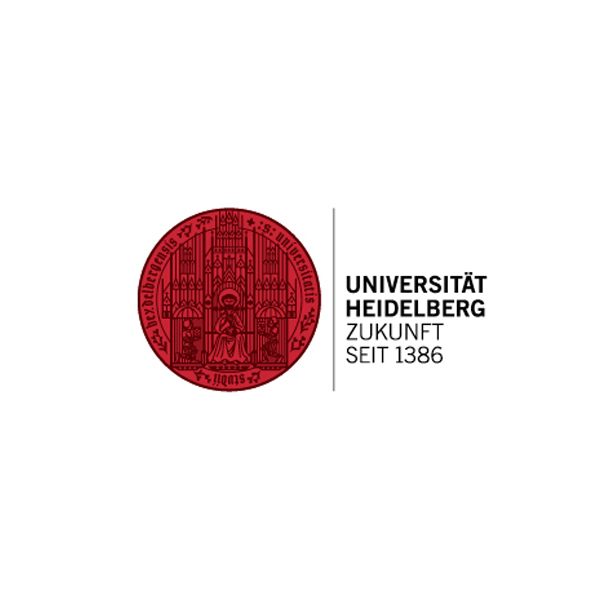


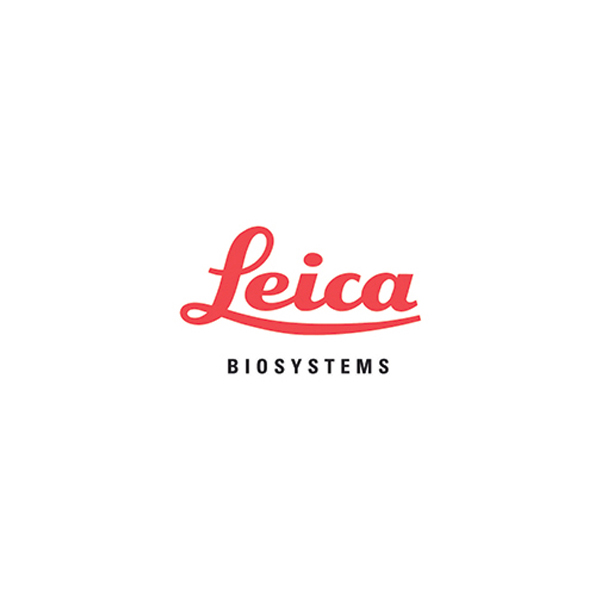
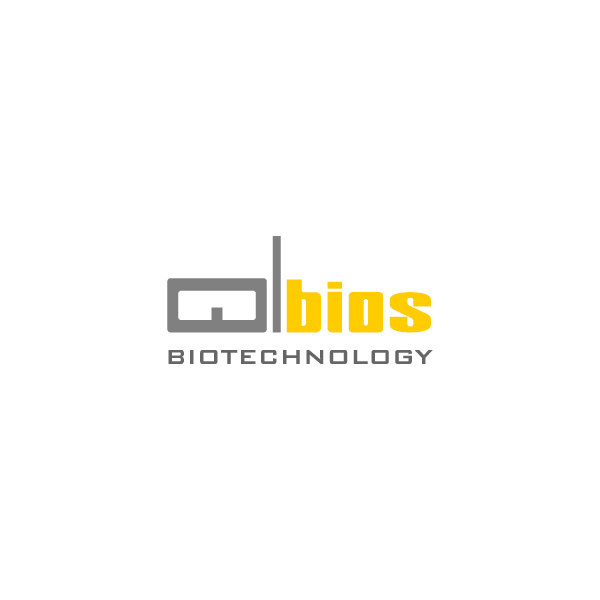
The overall objective of Lead Project 3, Molecular Innovative Imaging for Individualized Diagnostics, is the further development application and fusion of several imaging techniques such as (computed tomography), MRT (magnetic resonance imaging) or PET-CT (positron emission tomography) for image-based and robot-assisted intervention. The aim is to enable an individualized intervention of a cancer patient to be performed optimally and with the highest possible precision on an Artis zeego® system. The focus is on the fusion of molecular and novel functional image information acquired by different imaging techniques and the transfer of all relevant information of the different techniques to the Artis zeego® system. In this process, all morphological, molecular and functional information about the tumor to be treated will be made available to the physician working on this system in a compact, patient-specific manner and merged in real time with the Artis zeego® system (Cone Beam CT) to form multimodal 3D and 4D data.
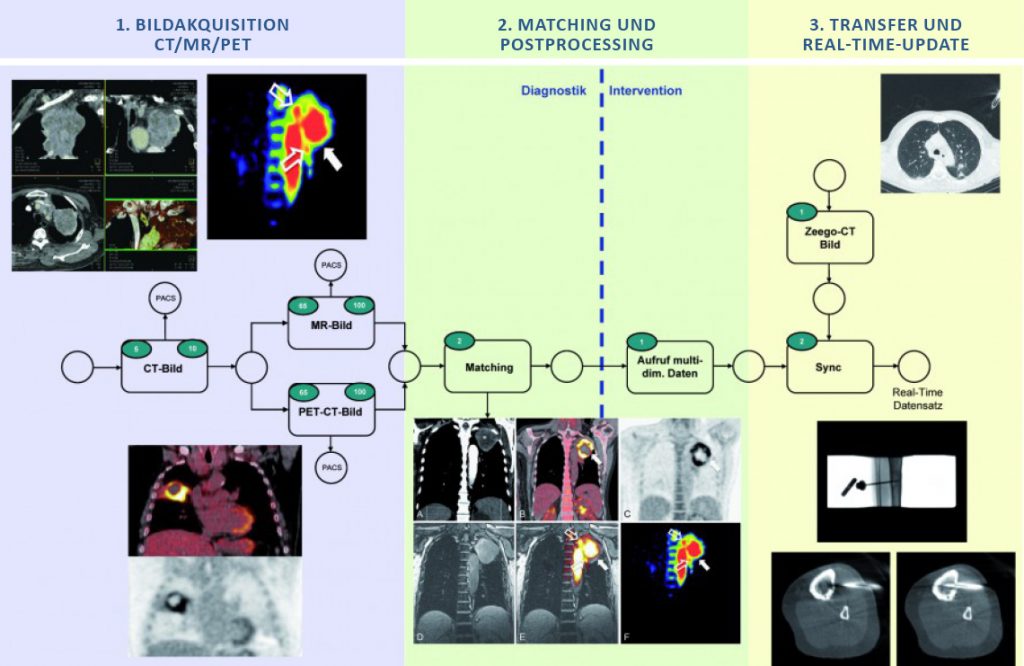
Optimal individualized intervention with the highest possible precision in a cancer patient with the help of an intervention robot on an Artis zeego® system.
Work- and Research Areas of M²IBID:
Completed Objectives:

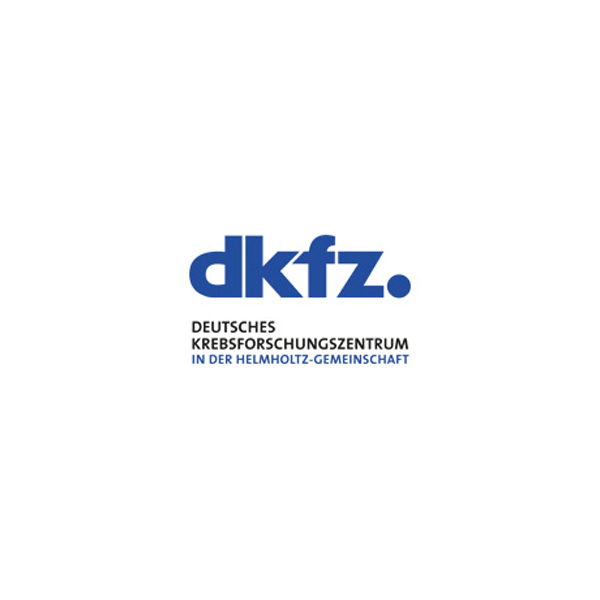



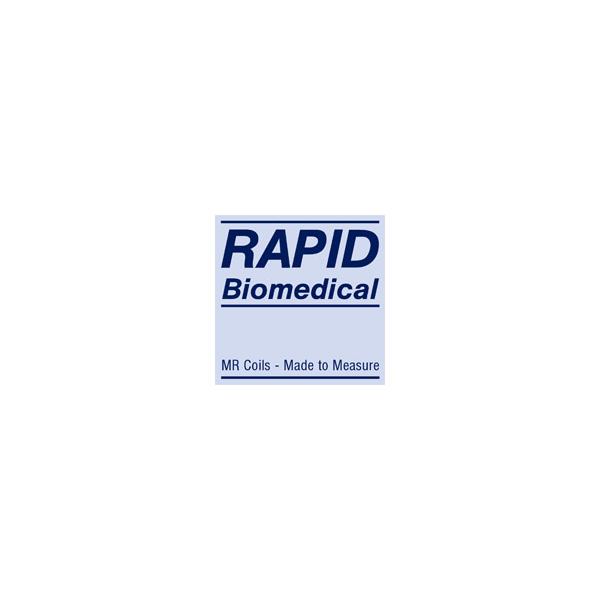

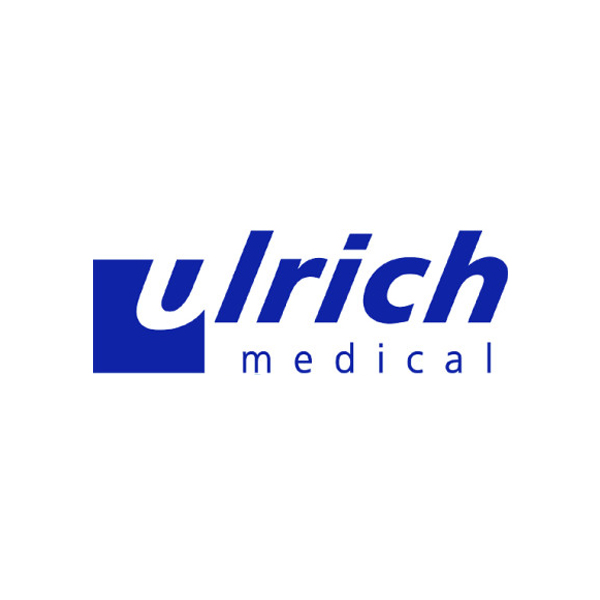
The Cross-Sectional Project ProM²OLIE deals with an organizational perspective of the molecular intervention process. The overall objective of the project is to ensure the smooth and economic overall process of the different sub-processes of the molecular treatment of patients, both during the research phase and later in real operation, by means of holistic process management and an integrated approach. ProM²OLIE operationalizes the goal of M²OLIE to treat the patient in a so-called one-stop shop with the process steps diagnosis, analysis, preparation and intervention within a few hours. The following measures are carried out for this purpose:



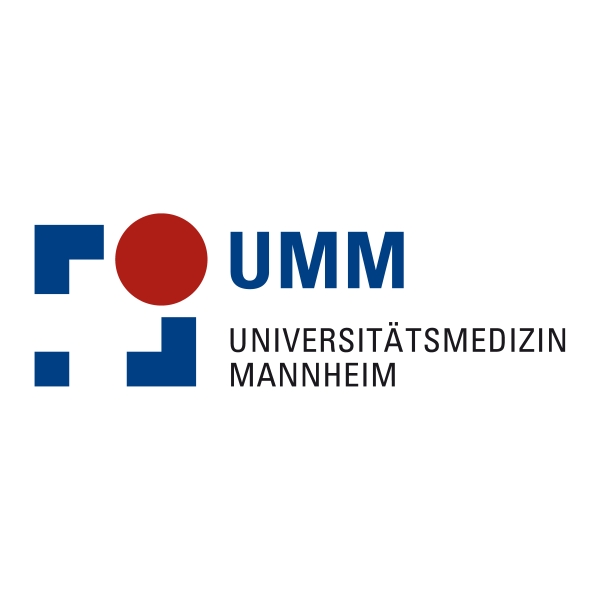
The Cross-Sectional Project M²PROCIT, Mannheim Molecular Process IT-Platform, deals with the development of an integrated, adaptive workflow management system (WFMS) for the holistic digitization of the molecular intervention process.
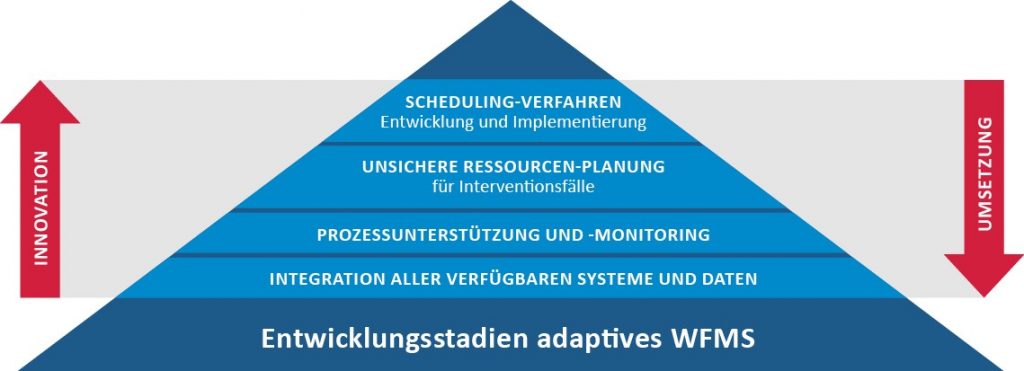
The heart and greatest challenge of M²PROCIT is to depict the one-stop shop (molecular intervention process) in executable process models, to enable their execution in a process management system by integrating the relevant data sources and finally to ensure cost-optimized operation by providing components for resource planning and execution plannning for sub-processes („scheduling“). The one-stop shop includes the same day diagnosis, analysis, preparation and intervention for all arriving patients in M²OLIE. This results in a complex and dynamic process, which so far cannot be depicted in traditional clinical process management systems. The one-stop shop necessitates that the successive process steps must be determined ad hoc and flexibly. As a result, a high degree of pre-planning reliability is lost, and knowledge about the resources required directly in the next process step only emerges quickly and sequentially.
The M²OLIE Process Management Platform developed under the guidelines outlined above takes over the management of the single components and consolidates the required information.
